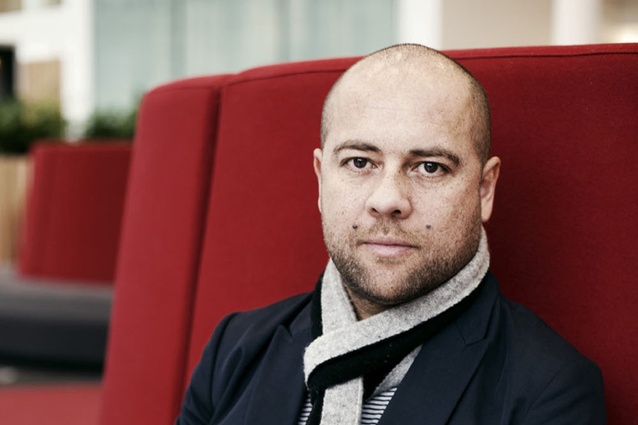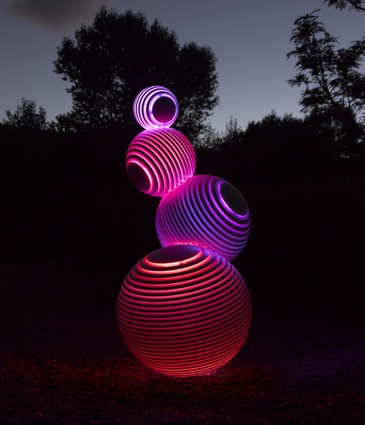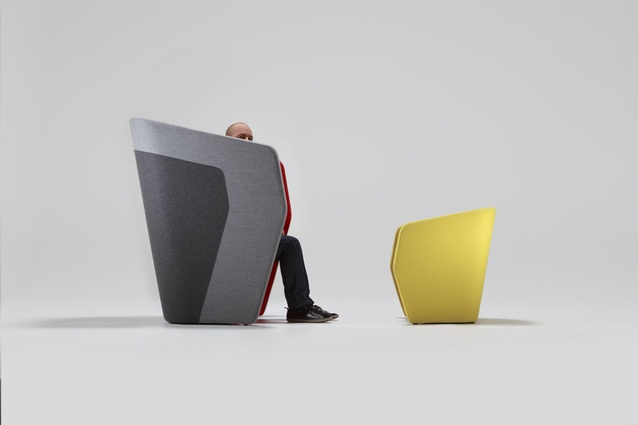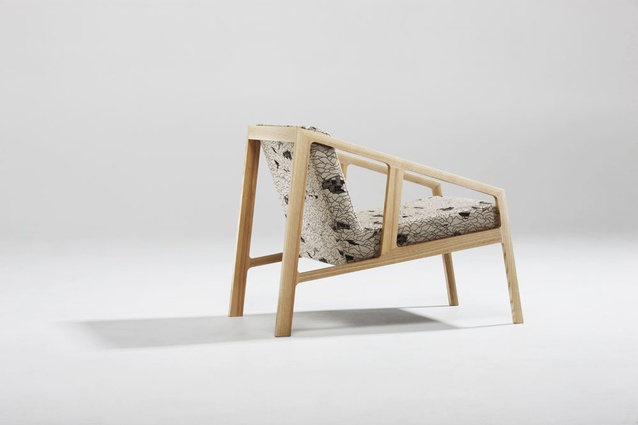With Fletcher Vaughan
The Auckland-based furniture designer explains his love of furniture and sculpture, favourite materials and the benefits of local manufacturing.
Fletcher, what’s your background. How did you get into design?
I had a varied working life leading up to founding Fletcher Systems in 1999. I started out in the warehouse at Oceania Audio and moved on to roadie work for bands. I moved to the UK in ‘92 to do similar work, setting up dance parties, etc. Then my girlfriend and I moved to LA in ‘04 where we both had an unusual job — that’s another story — that took us around the States for a year or so. Moved back to New Zealand in ‘05 and got a job building sets and props on a Canadian production being filmed in Auckland. I then moved on to designing furniture and sketching — badly — a lot. I couldn’t see myself doing four years at design school, so I’ve learnt by observation and doing.
You criss-cross between the design of furniture and sculpture. Do you approach artistic works in a different way?
The process is much the same. Furniture can be quite restrictive in terms of design outcome. Sculpture allows creative freedom; it doesn’t need to be comfortable to sit on. Sculpture keeps me sane.
What materials do you like working with? One of your sculptures is made out of Corian, but many of your chairs are natural looking thanks to the use of different woods.
Generally I use what I think is the best material for the job. Corian is a favourite though.
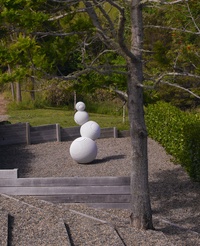 If cost wasn’t an issue, what materials would you try out?
If cost wasn’t an issue, what materials would you try out?
Carbon fibre. I’m fascinated with 3D printing technology; I’ve been using this process for years to produce prototypes. It’s still relatively expensive but the technology has advanced a lot, to the point where complex finished products can be printed and used straight off the printer. I’m currently looking at utilising these processes for smallrun and one-off metal objects.
What about manufacturing? Your products are made locally?
Yes, all my products are proudly New Zealand designed and made. I see it as an advantage as I have more control over the finished product, shorter lead times and I can provide a quick turnaround
custom design service.
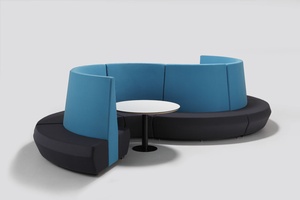
You’ve done quite a bit of exploration into modular seating, haven’t you?
Yes, at IAG, in Auckland, which was commissioned by Jasmax and also by Warren and Mahoney for the Novotel. The IAG seating can be open and sinuous or more private and informal meeting-orientated — it just needs to be configured differently. That’s the beauty of the modular system: one component can generate multiple seating configurations and functions. There’s something about the modular concept that has always appealed to me. I like the fact you have these components — building blocks of chairs, sofas, corner units — that function on their own, but when grouped together generate additional options. One design provides many uses, plus it’s fun to play with the components; the outcome is not always obvious.
What are the design challenges with modular furniture?
Curved ranges are more difficult to produce. Over the years, I’ve worked closely with the production team at the factory — the guys have over 30 years of upholstery knowledge — to develop the ranges and I think we’re really good at it. There are always refinements, but overall the product is very solid.

